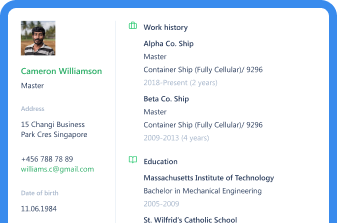Nautical Terms That Begin with the Letters G, H & I
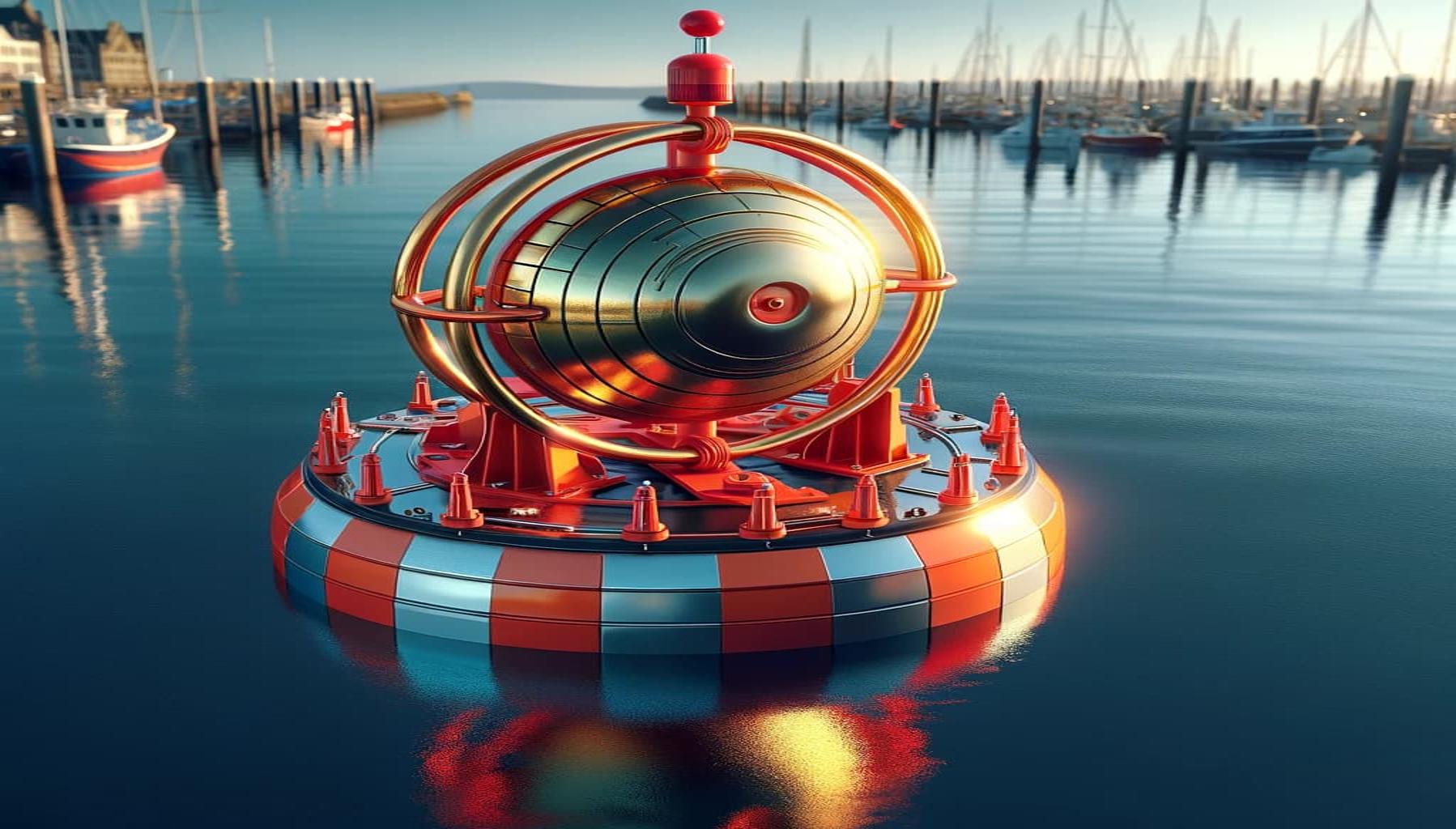
If you’re a regular reader of our posts, you have probably already stumbled upon our nautical glossary posts in which we cover different maritime terms and phrases alphabetically. We’re now almost halfway through the alphabet so today’s post is going to take a look at our shipping dictionary from G through to I.
By the way, if you’re interested in reading any of our other posts in this series, check out these posts:
Nautical Terms That Begin with the Letter A
Nautical Terms That Begin with the Letter B
Nautical Terms That Begin with the Letter C
Nautical Terms That Begin with the Letter D
But now let’s check out some maritime glossary terms from G, H and I.
From gang to intracoastal: Maritime terms beginning with G, H & I
Gang
Gang refers to a group of people or a team who work in a port, terminal or harbor. Most commonly applied to stevedores / longshoremen / dock workers.
Gangway
A gangway is a narrow, sloping portable platform used as a passageway so that passengers, crew and other personnel can board and disembark a vessel that is moored alongside a dock, quay or pier.
Gantry Crane
A gantry crane (also known as a container crane, ship-to-shore crane, or container handling gantry crane) is a large overhead track-mounted crane positioned dockside and found at container terminals.
It is used for loading and unloading shipping containers from container ships.
Read more: Nautical Terms That Begin with the Letters N & O
Gas Tanker
A gas carrier or Gas Tanker is a vessel that has been specifically designed for the transportation of gasses that have been condensed / liquified.
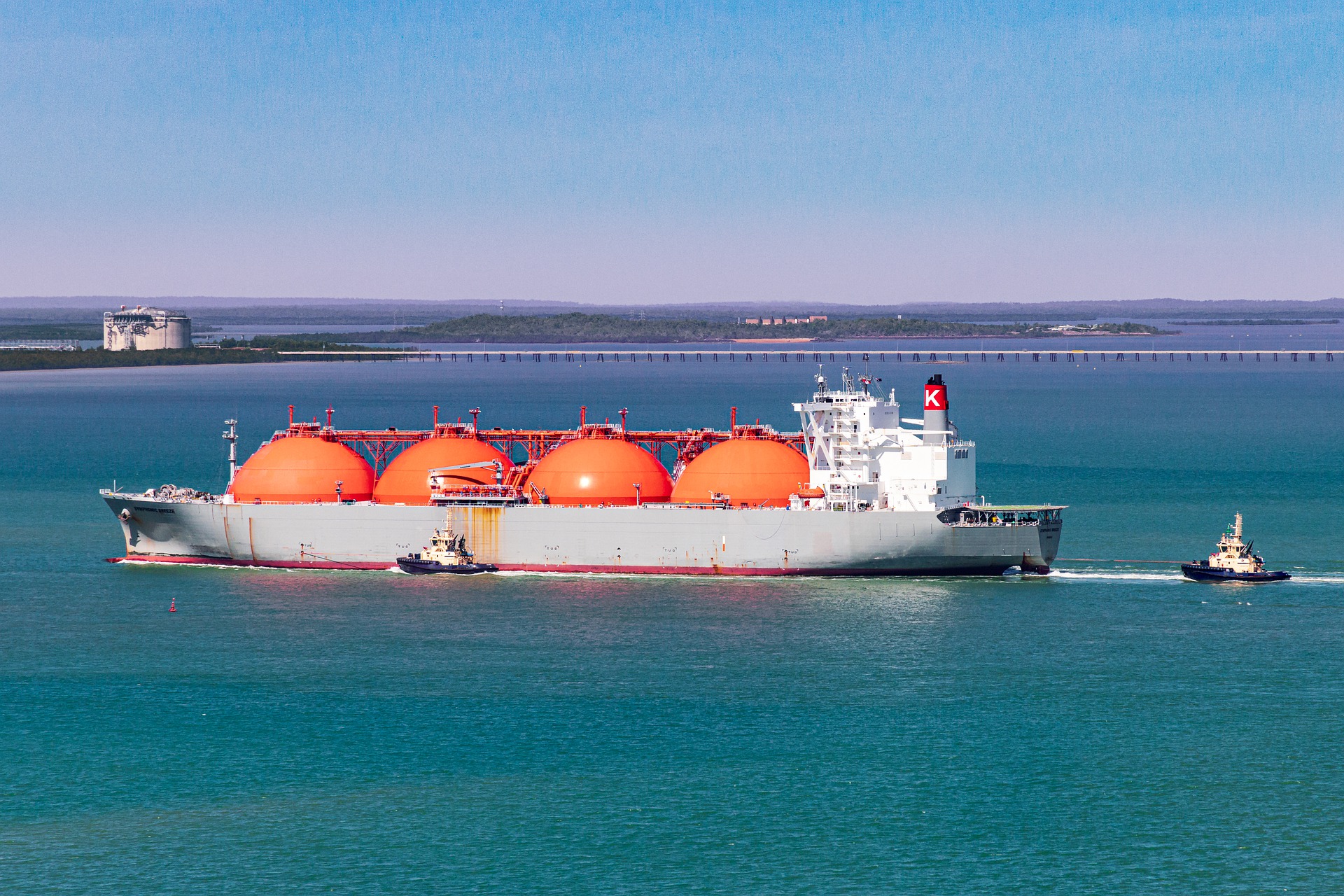
The most commonly transported gasses are Liquefied Petroleum Gas (LPG) which includes propane and butane, Liquefied Natural Gas (LNG) which is mainly methane, as well as ethylene and ammonia.
Geared Vessel
Also known as a self-unloading vessel or a self-geared ship, a Geared vessel is a ship that has its own onboard gear - i.e. cranes.
This means that the vessel can load and unload cargo, including containers, without portside assistance thus making the vessel more versatile as it can dock in more ports.
Read more: Nautical Terms That Begin with the Letter M
General Cargo
General cargo consists of both breakbulk cargo (cargo that cannot fit into a standard shipping container and is therefore transported in boxes, bags, drums, crates, and barrels etc.) and containerized cargo.
Gong Buoy
A gong buoy is a buoy that is fitted with gongs that are struck by hammers as the buoy moves with the motion of the water.
Guard Rail
A guard rail is a metal rail that is fitted around a boat to prevent the crew or passengers from falling overboard.
Handysize Bulk Carrier
A means of categorizing a bulk carrier by size. A handysize bulk carrier, or bulkers as they're also known, generally have a capacity of between 10,000 and 40,000 DWT.
Read more: Nautical Terms That Begin with the Letter P
Harbor
A harbor is an area situated on the coast where boats and other vessels are moored. Harbors are often natural although they can be man-made.

Most natural harbors are surrounded by land, apart from an entrance to the sea. They also have a solid sea wall that protects the vessels from waves and currents.
Harbor Dues
Harbor dues are fees that are charged to seagoing vessels entering a harbor. These cover the costs associated with the repair and maintenance of equipment such as harbor lights and buoys as well as channel depths. This is a locally enforced fee and not all harbors charge it.
Harbor Master
Also known as a Port Captain, the Harbor Master manages the movements of ships and boats that take place in, and within the immediate area, of the port.
He or she will have deep knowledge of the harbor and its surroundings, and is often a certified master mariner in their own right.
Hard Aground
Hard aground is when a ship has run aground but is not capable of refloating under its own means or power.
Read more: Nautical Terms That Begin with the Letters Q & R
Hatch
A hatch is, normally, a rectangular shaped opening in a ship’s deck that provides access to the compartment or space below.
Hawser
A hawser is a strong, thick cable or rope that is used for mooring vessels or for towing them.
Hazardous Cargo
Also known as dangerous cargo, hazardous cargo refers to any substance being transported that is toxic, inflammable or otherwise dangerous.
Heavy Lift
Heavy lift is extremely heavy cargo that needs specialized equipment to load and unload it. Generally this type of cargo will be carried by a heavy lift vessel (HLV) which is specifically designed for the transportation of oversize and very heavy goods.
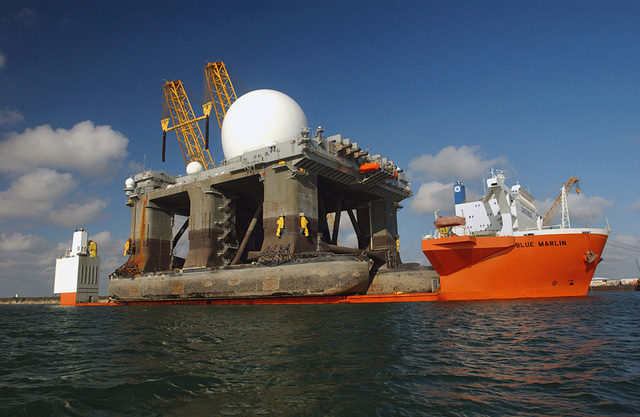
Heavy Lift Charge
A heavy lift charge is a fee charged for cargo that is too heavy to be lifted by a vessel's onboard cranes, or the standard cranes at a port.
Heavy Lift Vessel
A heavy lift vessel (HLV) is an enormous ship that can lift and transport pretty much any load they are tasked with, including other ships, floating plants and industrial units.
HLVs come in four main classes: Dock ships, semi-submersible vessels, project cargo carriers, and open deck cargo ships. The big difference between the classes is the way they lift their loads.
Read more: Nautical Terms That Begin with the Letter S
Heel
Heel is a word used to describe it when a sailing boat is leaning over to one side - i.e. the vessel is heeling.
Helm
The helm is technically the steering wheel of a vessel. It’s a wheel or tiller that is usually installed in the wheelhouse or on the bridge of a ship to turn the rudder during navigation and maneuvers.
Helmsman
A Helmsman is an Able Bodied Seamen who is trusted with manning the helm - AKA the wheel or tiller of a ship - to steer the vessel.
Read more: Nautical Terms That Begin with the Letter T
Hold
The hold is the large compartments below a ship’s main deck where general cargo is stowed.
Home Port
Sometimes also called an embarkation port or a turn around port, a home port is where cruise ships welcome their passengers onboard - and disembark them at the end of the trip.
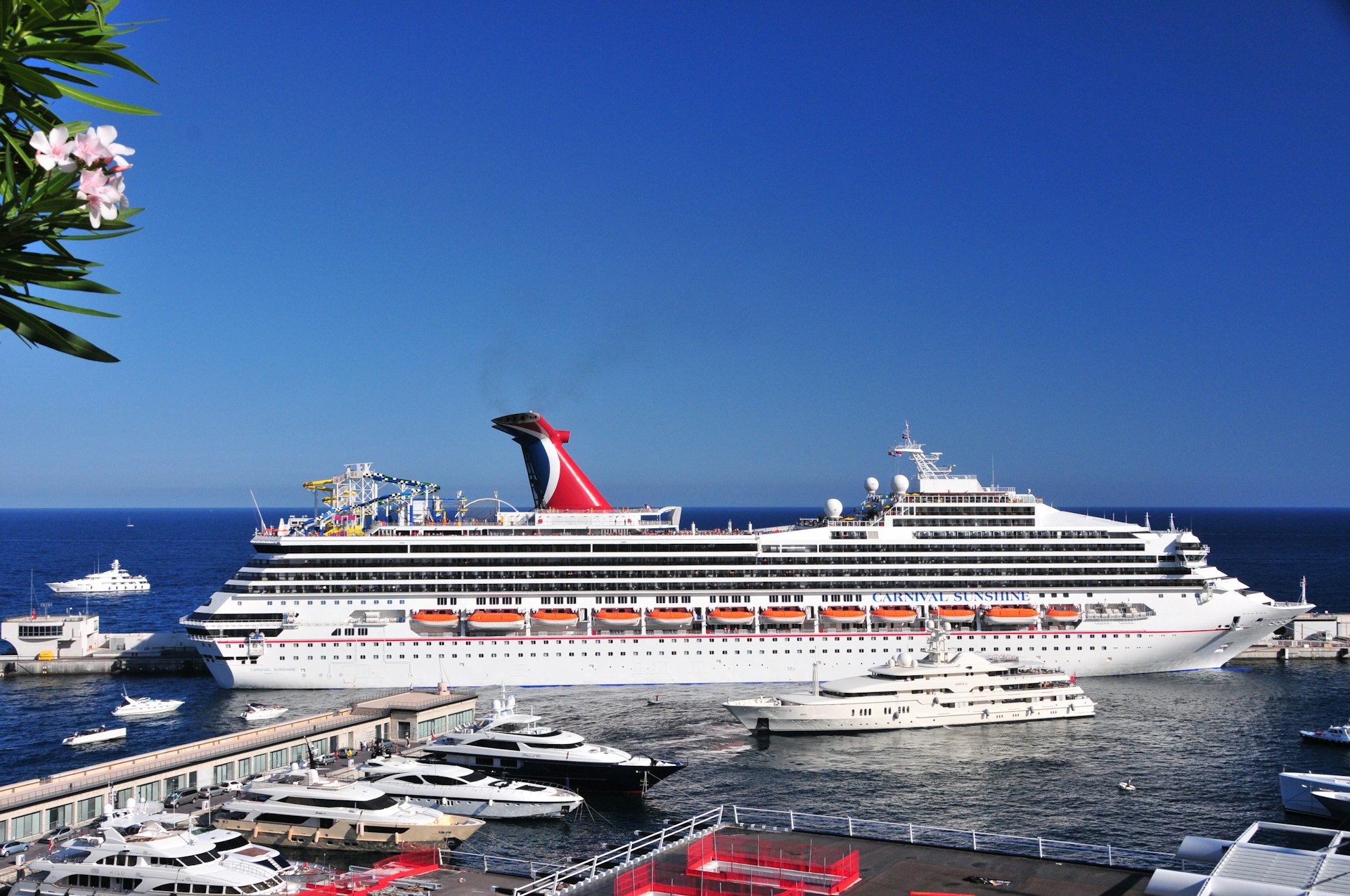
Hull
The hull is the body or shell of a vessel. Refers to the bottom and the sides of the ship.
IMO
IMO stands for the International Maritime Organization. It was established in 1958 through the United Nations to coordinate international maritime safety and related practices.
Read more: Nautical Terms that Begin with the Letters U, V and W
INMARSAT
INMARSAT stands for International Maritime Satellite System. A communications system to enable those onboard a vessel to communicate with the shore or other vessels.
Icebreaker Ship
An icebreaker ship is a vessel that has been designed to break ice. Specifically so that other vessels have a clear path through icy and frozen waters. This enables trade to keep moving and stops the global supply chain grinding to a halt.
Inert Gas System
An inert gas system is a method used in gas tankers to prevent an explosion in the cargo tanks. This entails replacing the cargo (the gas) as it is pumped out, by an inert gas. This is usually the exhaust of the tanker’s engine.
Inland Waters
Inland waters refers to water that is inland - such as streams, rivers, canals, lakes and waterways, as well as bays, estuaries and inlets.
Intermodal Shipment
An intermodal shipment is a shipment of goods that uses different modes of transport to arrive at its destination. For example, goods reach the port via rail, are loaded onto a ship, and then onto trucks once they've reached their destination port.
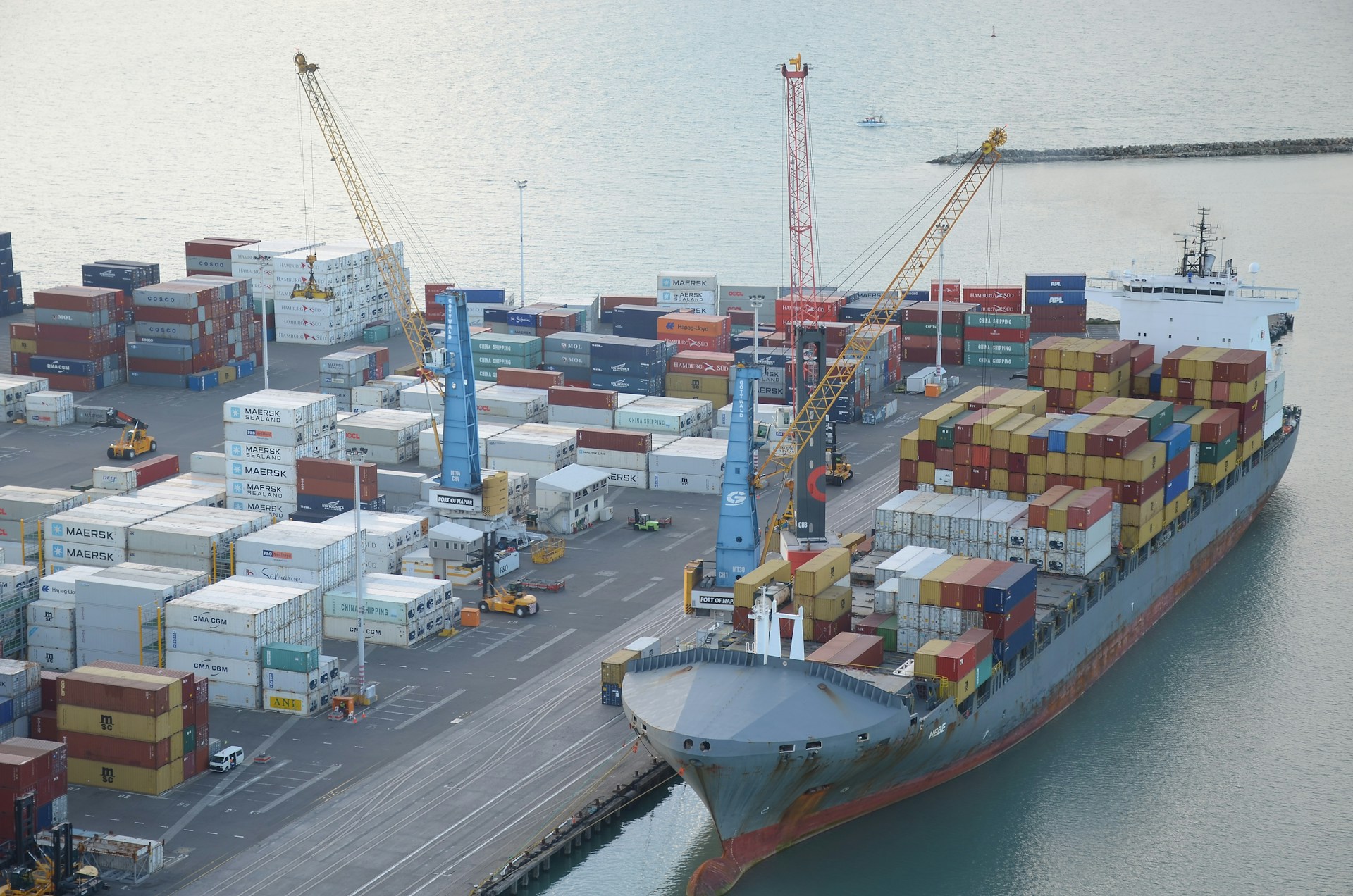
Read more: Nautical Terms That Begin with the Letters X, Y and Z
International Load Line Certificate
An International Load Line Certificate is a certificate which states that a vessel has been inspected and the appropriate load lines (also called the Plimsoll line) have been marked on the sides.
The certificate is issued either by a coast guard or other appropriate authority or a classification society.
International Waterway
An international waterway is a waterway that flows through two or more nations. These can be anything from interocean and inland rivers and canals to international straits. Vessels, including merchant ships and warships, have the right to free passage through these waterways, providing there is no enforced treaty.
Intracoastal
Also referred to as coastwise or coastal service, intracoastal is the term used for a domestic shipping route that runs along a single coastline.
And there we have it. Did we miss anything? Let us know! And if you want to check out more nautical glossary terms, you can find our full shipping glossary here.
Read the previous post in this series: Nautical Terms That Begin with the Letters E and F
Read the previous post in this series: Nautical Terms That Begin with the Letters J, K and L

Eve Church
Eve is Martide's content writer, publishing regular posts on everything from our maritime recruitment and crew planning software to life at sea. Eve has been writing professionally for more than two decades, crafting everything from SEO-focused blog posts and website landing pages to magazine articles and corporate whitepapers.
UK
